Slava Ukraini! In early 2022 I began a Telegram channel aggregating news from a number of sources daily on the war in Ukraine. In June 2023 I began providing a daily draft for the Ukraine War Brief Podcast collecting news from over 70 sources daily, which formed the basis of the script. While the Podcast no longer exists I have continued to make this Brief available for my followers here on Substack for those who wish to keep up with the news from the war.
All the latest news on the Russo-Ukraine War 6 days per week
ALONG THE CONTACT LINE
GSAFU Morning Report
For:Mar 18, 2025
The General Staff of the Armed Forces of Ukraine in its Operational Information update at 08:00 on Mar 18 stated that day 1119 of the full-scale invasion of the Russian Federation against Ukraine had begun.
The situation on the line of combat remains tense in some sectors. Ukrainian defenders continue to actively counteract the Russian aggressor, causing them significant losses in personnel, equipment and technology. Exhausting the enemy along the entire front line and continuing to disrupt the plans of Russian occupiers to advance deeper into the territory of Ukraine.
During the past day, 155 combat engagements took place.
Over the past 24 hours, the enemy carried out 90 air strikes, used 2,506 drones and fired approximately 5,770 artillery shells across the positions of Ukrainian forces and civilians.
Air Force Daily Report
63 ENEMY UAVS SHOT DOWN, 64 SIMULATOR UAVS FAILED TO REACH THEIR TARGETS (LOCATIONALLY LOST)
➖➖➖➖➖➖➖➖➖
On the night of Mar 18, 2025 (from 7:00 p.m. on Mar 17), the enemy attacked with 137 Shahed attack UAVs and simulator drones of various types from the directions: Shatalovo, Kursk, Millerovo, Primorsko-Akhtarsk - Russia.
The air attack was repelled by anti-aircraft missile troops, electronic warfare units, and mobile fire groups of the Air Force and Defense Forces of Ukraine.
As of 09:00, it has been confirmed that 63 Shahed attack UAVs and drones of other types have been shot down in Kharkiv, Poltava, Sumy, Chernihiv, Cherkasy, Kyiv, Vinnytsia, Kirovohrad, Dnipropetrovsk, Zaporizhia, Mykolaiv, and Kherson regions.
64 enemy drone simulators were lost in location (without negative consequences).
The Kharkiv, Sumy, Poltava, Dnipropetrovsk, and Cherkasy regions were affected by the Russian attack.
Combat Operations in the Kursk Sector, Russian Federation
The Institute for the Study of War (ISW), a US based think tank, in its Mar 17 Russian Offensive Campaign Assessment reported that Russian forces continued ground operations to push Ukrainian forces from their remaining positions in Kursk Oblast on March 17 but did not make confirmed advances.
The Russian Ministry of Defense's (MoD) Main Military-Political Directorate Deputy Head and Akhmat Spetsnaz Commander, Major General Apti Alaudinov, claimed that Russian forces continue to advance into unspecified areas in Sumy Oblast as part of Russian efforts to create a "buffer zone" after Russian forces seize all of Kursk Oblast.
The Khortytsia operational-strategic group
(Responsible for the northeastern part of Ukraine. )
Sumy Sector: Ukraine's State Border Service Spokesperson Andriy Demchenko stated that small Russian assault and sabotage and reconnaissance groups continue attacking the Novenke-Zhuravka area along the international border in Sumy Oblast.
Toretsk Sector: Ukrainian and Russian forces recently advanced in the Toretsk direction.
Geolocated footage published on March 17 indicates that Ukrainian forces recently advanced along Donetska Street in northern Toretsk.
Geolocated footage published on March 15 indicates that Russian forces recently marginally advanced south of Leonidivka (southwest of Toretsk).
The Tavria operational-strategic group
(Responsible for the central-eastern and southeastern part of Ukraine.)
Pokrovsk Sector : Russian forces continued offensive operations in the Pokrovsk direction on Mar 17 but did not make confirmed advances.
Ukrainian military officials reported that Russian forces in the Pokrovsk direction are only conducting mechanized assaults once every two or three weeks after conducting daily mechanized assaults in previous weeks and that Russian forces now primarily conduct infantry assaults or motorized assaults.
Ukrainian Khortytsia Group of Forces Spokesperson Major Viktor Trehubov reported that Russian forces lost roughly 300 armored vehicles in the Pokrovsk direction in January and February 2025.
Velyka Novosilka Sector: Russian forces recently advanced in the Velyka Novosilka direction.
Geolocated footage published on Mar 17 indicates that Russian forces recently advanced south of Pryvilne.
Zaporizhia Sector: Russian forces recently advanced in western Zaporizhia Oblast.
Geolocated footage published on Mar 17 indicates that Russian forces recently advanced in central Mali Shcherbaky (northwest of Robotyne).
The Odesa operational-strategic group
(Responsible for Kherson, Qırım, (also known as Crimea) and the Black Sea.)
There have been no major changes to the combat environment since our last report.
TEMPORARILY OCCUPIED TERRITORIES
Nothing major to report.
THE HOME FRONT
High Council of Justice dismisses controversial judge Pavlo Vovk.
The High Council of Justice (HCJ) dismissed Pavlo Vovk, a judge of the Kyiv District Administrative Court, for committing a major disciplinary offense, New Voice reported on March 18 citing Suspilne.
In November 2024, Pavlo Vovk was removed from office.
On March 18, 2025, the High Council of Justice (HCJ) decided to dismiss Vovk from his position as a judge of the Kyiv District Administrative Court, based on Article 126 of the Ukrainian Constitution, according to a statement posted on its Telegram channel.
The decision followed a submission from the HCJ's Third Disciplinary Chamber, which held Vovk accountable for disciplinary violations and recommended his dismissal.
The disciplinary sanctions were related to Vovk’s alleged influence on judges and HCJ members, recorded on NABU tapes in 2019.
Sources in the Supreme Judicial Council told Interfax-Ukraine that charges include evading disciplinary measures and attempting to gain control of the High Qualification Commission of Judges (HQCJ).
Additionally, Vovk is accused of using the State Bureau of Investigation to pressure individuals through interrogations and criminal proceedings.
The charges also include orchestrating a fake sabotage of the Supreme Judicial Council, pressuring Judge Fedorchuk A.B., and coordinating the filing of false complaints against the judge with the HCJ and HQCJ.
RUSSIAN WORLD
Russian energy giant Gazprom suffers $13.1 billion loss in 2024.
The loss of a key European market has dealt a severe financial blow to Russian energy giant Gazprom, resulting in net losses of 1.076 trillion rubles ($13.1 billion) in 2024, the Moscow Times reported on March 18.
Gazprom's losses averaged $251 million per week, $35 million per day, or $1.4 million per hour. While the company's total revenue increased by 11% and its gas revenue by 14%, it still ended the year with a sales loss of 192 billion rubles ($2.3 billion).
The company's financial troubles were compounded by falling share prices in its subsidiary Gazprom Neft and an increased income tax rate of 25%, which raised deferred tax liabilities.
In 2023, Gazprom posted a net loss under international accounting standards for the first time in 25 years, recording a historic deficit of 629 billion rubles ($7.6 billion).
Despite attempts to maintain its presence in Europe, Gazprom's gas exports to the EU remained low. In 2023, the company delivered 32 billion cubic meters of gas to Europe, nearly six times less than its peak of over 180 billion cubic meters in 2018-2019.
The downturn has forced Gazprom to implement cost-cutting measures, including mass layoffs. On Jan. 13, Russian media outlet 47News reported that the company was preparing to lay off 1,600 employees from its central office.
Gazprom's financial woes stem largely from the EU's decision to reduce reliance on Russian energy following the full-scale invasion of Ukraine.
Compounding its troubles, Russia's direct pipeline gas supplies to the EU have ceased completely after Ukraine refused to extend its transit agreement with Gazprom beyond Dec. 31, 2024.
RELATED INTERNATIONAL NEWS
The USA withdraws from war crimes monitoring agencies.
The Institute for the Study of War (ISW), a US based think tank, in its Mar 17 Russian Offensive Campaign Assessment reported that the United States announced its withdrawal from war crimes monitoring agencies related to the war in Ukraine — essentially a unilateral concession to Russia with no Russian concessions in return. The New York Times, citing an internal letter from the US Department of Justice (DoJ), reported on Mar 17 that the US DoJ notified the International Center for the Prosecution of Crimes of Aggression (ICPA) against Ukraine that the United States would withdraw from the organization by the end of Mar 2025 after having participated in the organization since Nov 2023.
The EU Agency for Criminal Justice Cooperation (Eurojust), the ICPA's parent organization, confirmed to SkyNews that the United States is withdrawing from the ICPA. The ICPA is responsible for investigating the leaders directly accountable for crimes committed in the context of Russia's full-scale invasion of Ukraine.
The New York Times also reported that the Trump administration intends to scale back the US DoJ's War Crimes Accountability Team (WarCAT), which the US DoJ established in 2022 to coordinate the DoJ's efforts to hold Russians accountable for war crimes committed in Ukraine.
Trump weighs recognizing Crimea as Russian territory.
The Trump administration is considering recognizing Ukraine’s Crimea region as Russian territory as part of any future agreement to end Moscow’s war on Kyiv, Semafor News reports citing two people familiar with the matter.
Administration officials have also discussed the possibility of having the US urge the United Nations to do the same, according to both people. Such a request would align the Trump administration with the position of Russian President Vladimir Putin, who has long seen Crimea as his nation’s territory.
The administration’s previously unreported openness to those options comes as Trump prepares for a Tuesday call with Putin, with a potential 30-day ceasefire deal on the table. Trump told reporters Sunday evening aboard Air Force One that negotiators had already discussed “dividing up certain assets.”
Trump has not formally made any decisions, and the possible Crimea moves are two of a multitude of options being floated as his administration pushes for an end to the war.
The White House declined to comment. In a statement to Semafor after publication of this story, National Security Council spokesman Brian Hughes said that the administration has “made no such commitments and we will not negotiate this deal through the media.”
“Just two weeks ago, both Ukraine and Russia were miles apart on a ceasefire agreement, and we are now closer to a deal thanks to the leadership of President Trump. The goal remains the same: stop the killing and find a peaceful resolution to this conflict,” Hughes added.
Trump administration officials have talked openly about the need for Ukraine to make territorial concessions to Russia in order to bring the three-year war to an end, and the president himself has said in the past that he’s willing to consider Crimea to be part of Russia. But since Trump took office, his advisers haven’t publicly divulged many specifics about what they might offer to Putin.
A push by the US to formally recognize Crimea — which Russia invaded and illegally annexed from Ukraine in 2014 — as Russian land would likely draw tremendous pushback from Europe as well as from Kyiv, where Ukrainian President Volodymyr Zelenskyy has firmly resisted territorial concessions. The US, Ukraine, and much of the international community have recognized Crimea as Ukrainian, despite Russia’s occupation of the peninsula.
Merz on reforms for Germany: Russia is waging war not only against Ukraine, but also Europe.
The leader of the CDU/CSU bloc, Friedrich Merz, made a speech in the Bundestag with multibillion-dollar proposals to finance Germany's defense and infrastructure, noting that these changes are due to Russia's aggressive policy, which "is waging a war not only against Ukraine but also against Europe." The Guardian reports.
Merz focused on broad threats such as attacks on critical infrastructure, arson, espionage and disinformation campaigns, which are part of Russia's attempts to divide the EU and undermine European unity, The Guardian reports.
He intends to release a €500bn infrastructure fund and relax debt rules – currently protected by the constitution – via the outgoing parliament, where parties in favour of the proposals – his conservatives, the Social Democrats (SPD) and the Greens – have the necessary two-thirds majority.
He promised that Germany would defend itself against these attacks using all available resources. According to him, the country must "rebuild its defense capabilities, partly from scratch."
Hinting at his future policy as chancellor, Merz emphasized that defense contracts should be awarded to European manufacturers, which would be a paradigm shift in German defense policy.
He also called for the creation of a "new European defense community" that would be open to EU countries and other partners such as the UK and Norway.
Merz said that the proposed changes should be part of broader reforms, notably in the area of technology and regulatory reduction, including a review of EU planning procedures.
Gabbard says Trump and Putin are ‘very good friends’ focused on strengthening ties.
U.S. Director of National Intelligence Tulsi Gabbard said President Donald Trump and Russian President Vladimir Putin “are very good friends” who are focused on ways to strengthen the bonds between the United States and Russia. City News Halifax reports.
The two presidents plan to speak Tuesday about the war in Ukraine.
Gabbard said ties between Russia and the U.S. go “very far back” and that Trump is committed to expanding a relationship centered “around peace, prosperity, freedom and security.”
“We have two leaders of two great countries who are very good friends and very focused on how we can strengthen the shared objectives and shared interests,” Gabbard said in an interview with India’s NDTV, portions of which were released Monday ahead of its broadcast.
Gabbard’s comments reflect the dramatic shift in U.S.-Russia relations under Trump, who has boasted of his relationship with Putin, blamed Ukraine for Russia’s invasion and taken a hard line against Ukrainian President Volodymyr Zelenskyy. Under Trump’s administration, the U.S. briefly suspended intelligence sharing with Ukraine and also has suspended some offensive cyberoperations against Russia.
Gabbard, who oversees the nation’s intelligence services, has in the past echoed Russian propaganda about the war and expressed sympathy for Russia. A veteran, Gabbard became the first Hindu elected to Congress when she served as a representative from Hawaii.
The comments about the friendship between Trump and Putin and the ties between the U.S. and Russia — longtime adversaries — alarmed some critics of Trump’s call for warmer relations with Moscow.
“What are the ‘shared objectives and interests’ of the United States and Putin’s Russia?” Russian chess legend Garry Kasparov posted Monday on X. “Destroying Ukraine? Killing NATO? Conquering Europe? Fascism? It’s not peace or ending the war, because Russia could do that today and doesn’t.”
MILITARY & TECH
Mysterious high speed interceptor drone caught on video in Ukraine warzone.
Ukraine’s defense forces have begun using a new type of interceptor drone. The introduction of these drones was reported by the Ukrainian defense outlet “Militarnyi.”
A recently released photograph and video fragment provided to the publication show an unidentified drone passing at high speed near a Russian reconnaissance UAV.
The footage has drawn attention due to the drone’s previously unseen design, prompting efforts to analyze its capabilities.
The video suggests that the drone was intended to collide with the Russian UAV or detonate in close proximity to neutralize the target. However, in this instance, the interception attempt was unsuccessful.
One of the most striking aspects of the new drone is its aerodynamic design. It features a cross-shaped rear wing structure, while the forward section includes additional wings with vertical control surfaces. A closer examination reveals that the drone’s horizontal and vertical rudders are located in the front section, while the rear wings appear to serve solely for stabilization without active control mechanisms.
The deployment of such drones reflects Ukraine’s ongoing efforts to counter Russian UAV operations, which have played a critical role in reconnaissance and battlefield surveillance.
Ukraine could receive more Mirage 2000 jets from other countries.
The possibility of Ukraine receiving additional Mirage 2000-5 fighter jets remains under discussion, with French President Emmanuel Macron reiterating that these aircraft could be supplied by third countries currently operating them.
While France has already committed a small number of Mirage 2000-5Fs to Ukraine, no other nation has publicly declared its willingness to transfer these aircraft.
According to an analysis by Defense Express, seven countries currently operate a total of approximately 240 Mirage 2000 fighters, excluding France.
These include:
Egypt: 15 Mirage 2000EM, 4 Mirage 2000BM
Greece: 5 Mirage 2000EG, 24 Mirage 2000-5/Mk II
India: 44 Mirage 2000H/I, 11 Mirage 2000TH/TI
Peru: 10 Mirage 2000P, 2 Mirage 2000DP
Qatar: 9 Mirage 2000-5EDA, 3 Mirage 2000-5DDA
Taiwan: 45 Mirage 2000-5EI, 9 Mirage 2000-5DI
UAE: 44 Mirage 2000-9/EAD/RAD, 15 Mirage 2000-9DAD
However, several factors could limit the number of Mirage 2000s available for transfer. India, for example, maintains close defense ties with Russia, including the procurement of Kalibr cruise missiles, and has modernized its Mirage fleet with Israeli assistance—making re-export to Ukraine unlikely. Egypt, which relies on Soviet and Russian-origin equipment, may also be reluctant to damage relations with Moscow. Taiwan faces its own security challenges and is unlikely to part with its Mirage fighters.
Peru’s Mirage fleet is reportedly in questionable operational condition, raising concerns about their suitability for frontline combat. However, Greece could be reconsidering its position, as its Mirage 2000-5 fighters failed to find a buyer in India and will become non-operational within two years. With Greece already integrating Rafale fighters into its air force, it may be open to a deal involving additional Rafale acquisitions in exchange for transferring its Mirage 2000-5s.
A similar arrangement could be possible with Middle Eastern nations. Qatar, awaiting the delivery of 36 Rafale jets, could have an incentive to offload its modernized Mirage 2000-5EDA fighters. Meanwhile, the UAE—operating the most advanced Mirage 2000-9 variant—has ordered 80 Rafale jets and could be engaged in discussions about potential transfers.
Macron’s continued references to the possibility of third-party Mirage 2000 deliveries suggest that diplomatic negotiations are ongoing. While no definitive commitments have been made, the prospect of reinforcing Ukraine’s air force with these aircraft remains under consideration.
That’s it for today’s Brief folks if you would like to keep up with events in Ukraine daily please consider subscribing, it’s free!







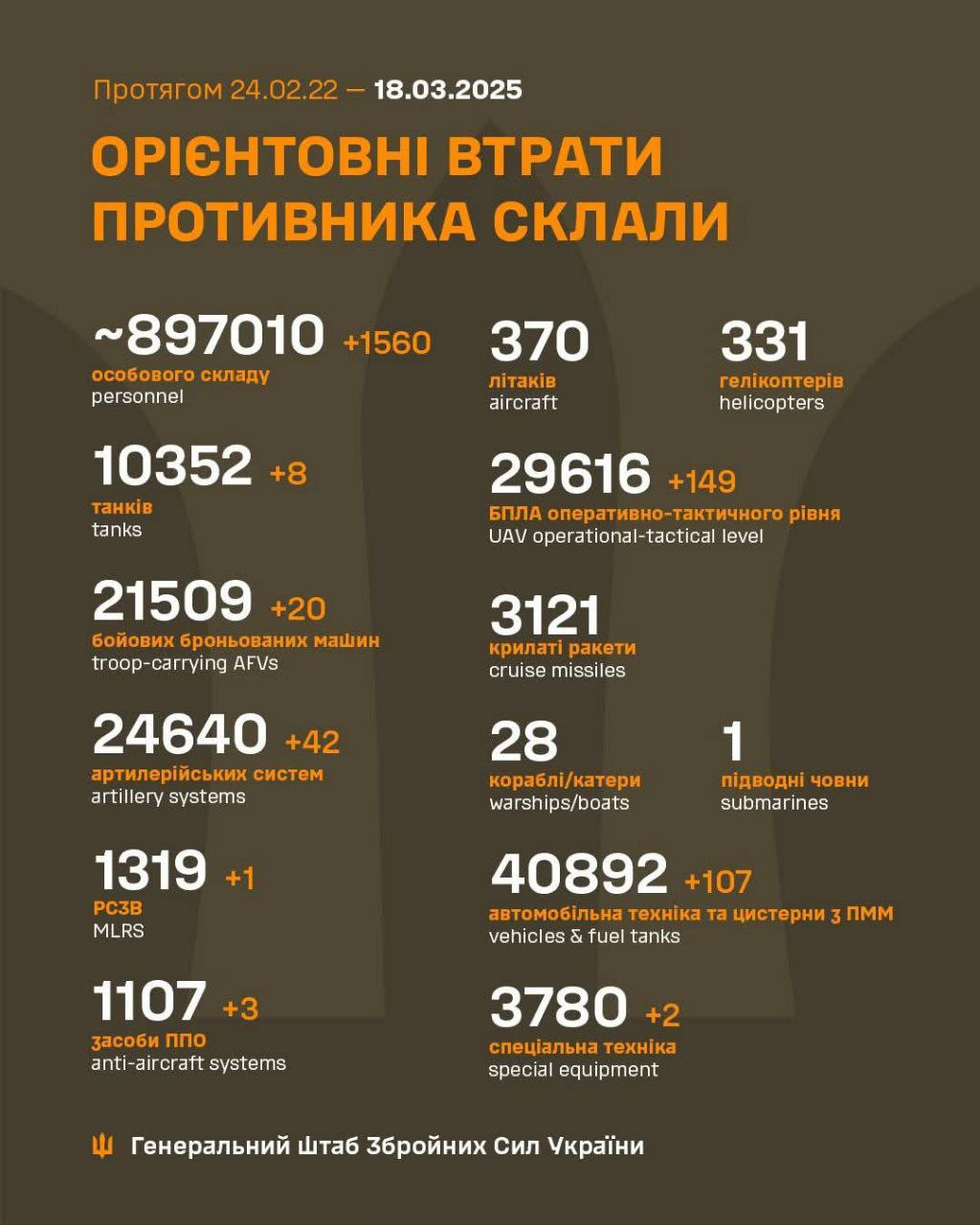
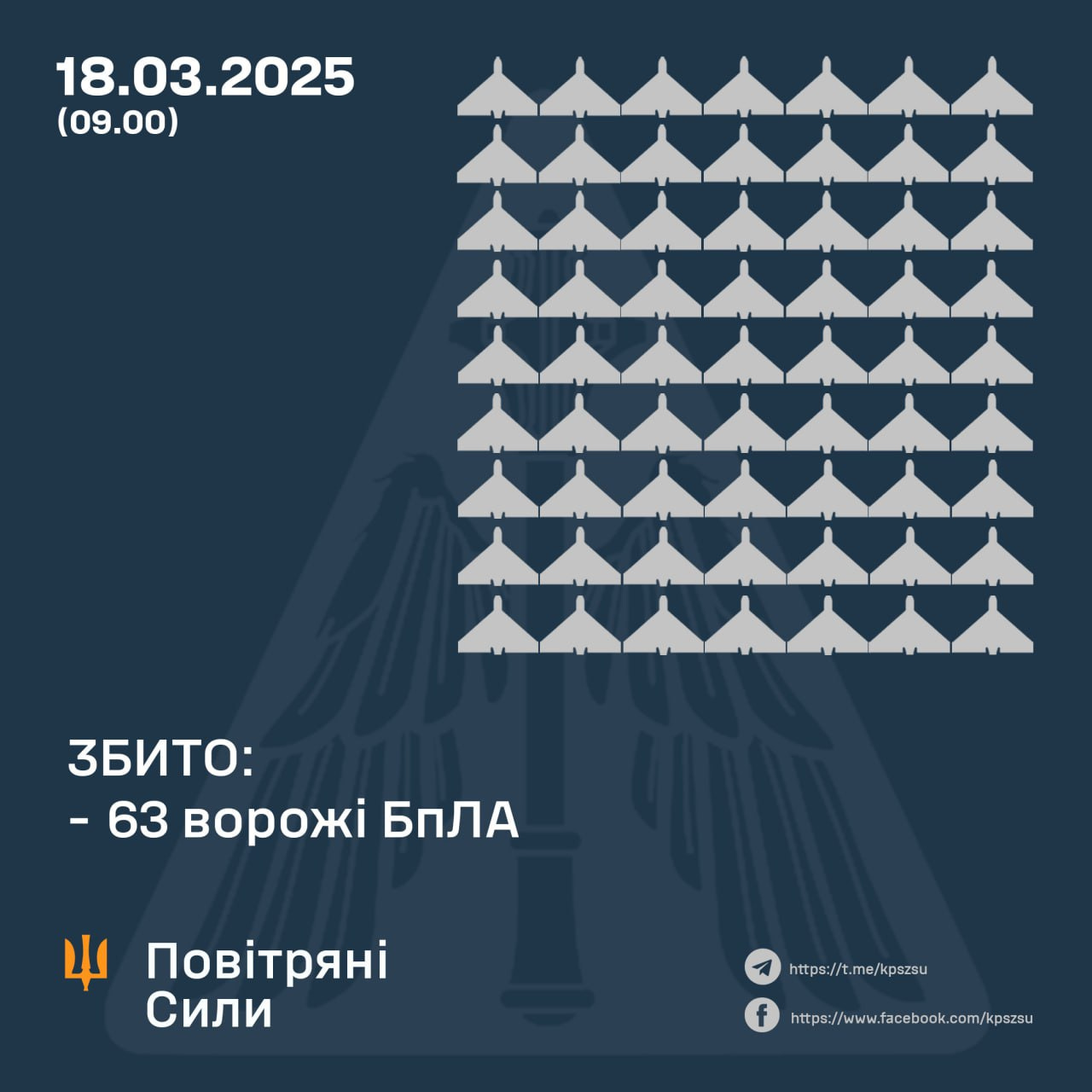

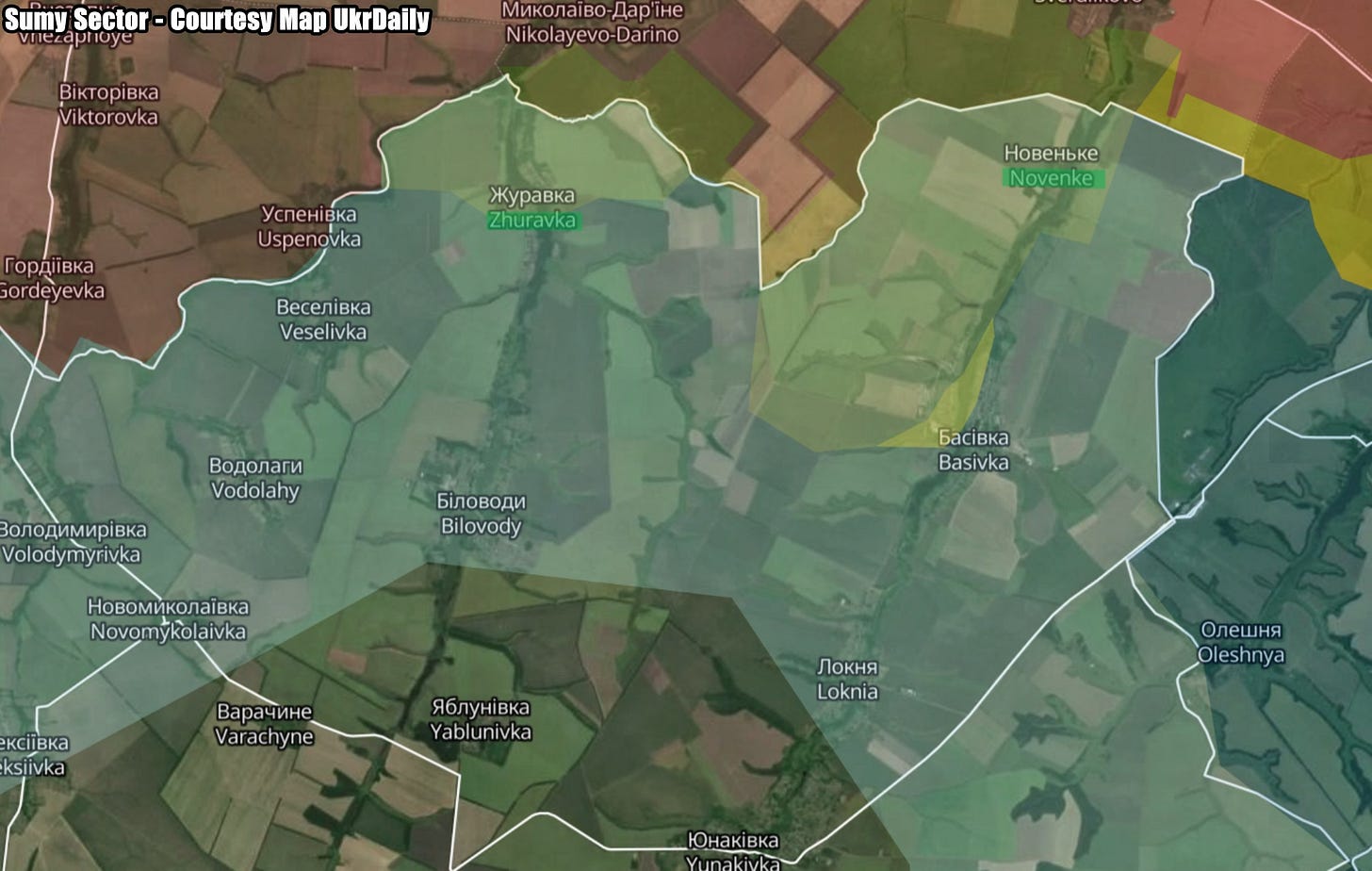

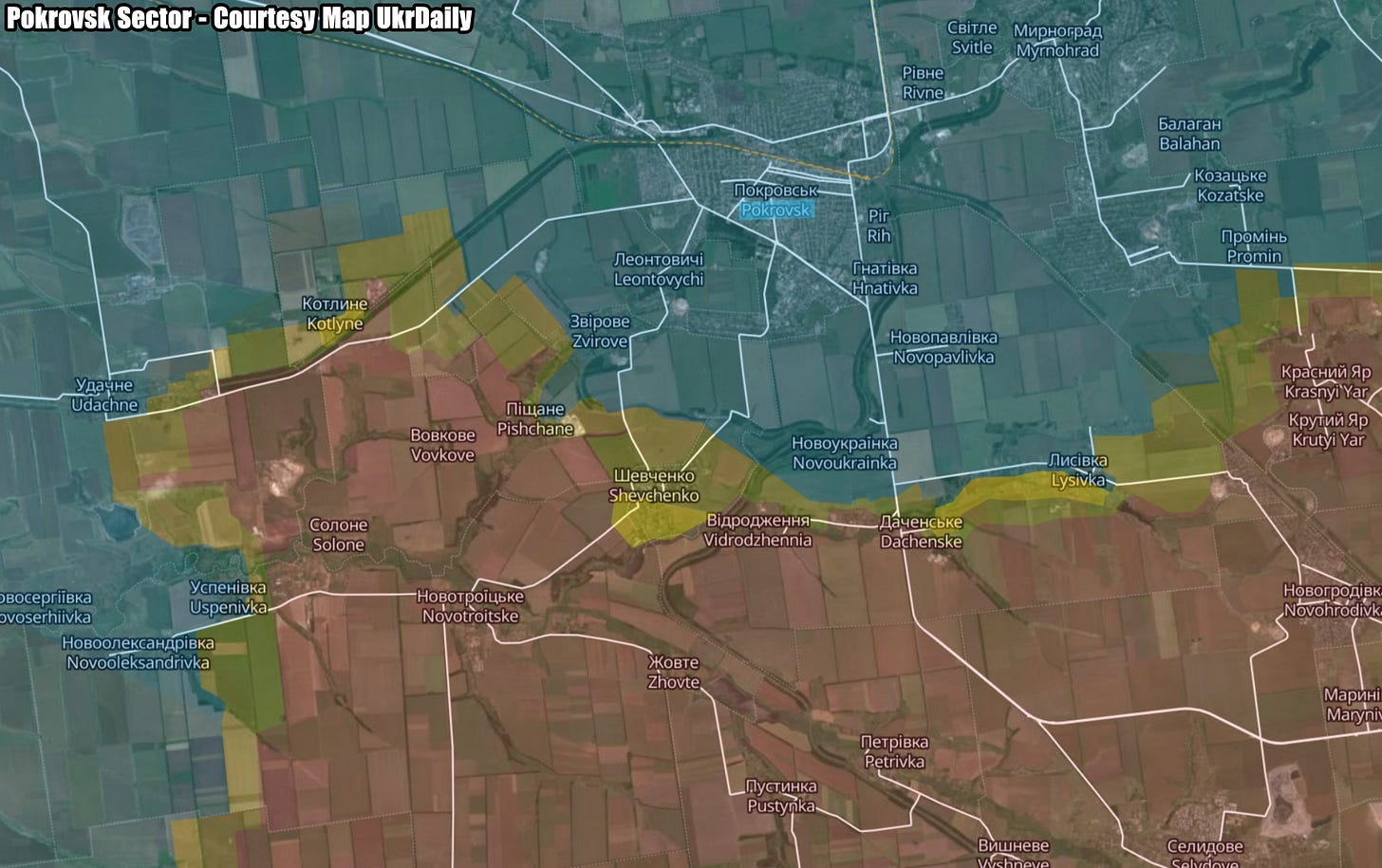
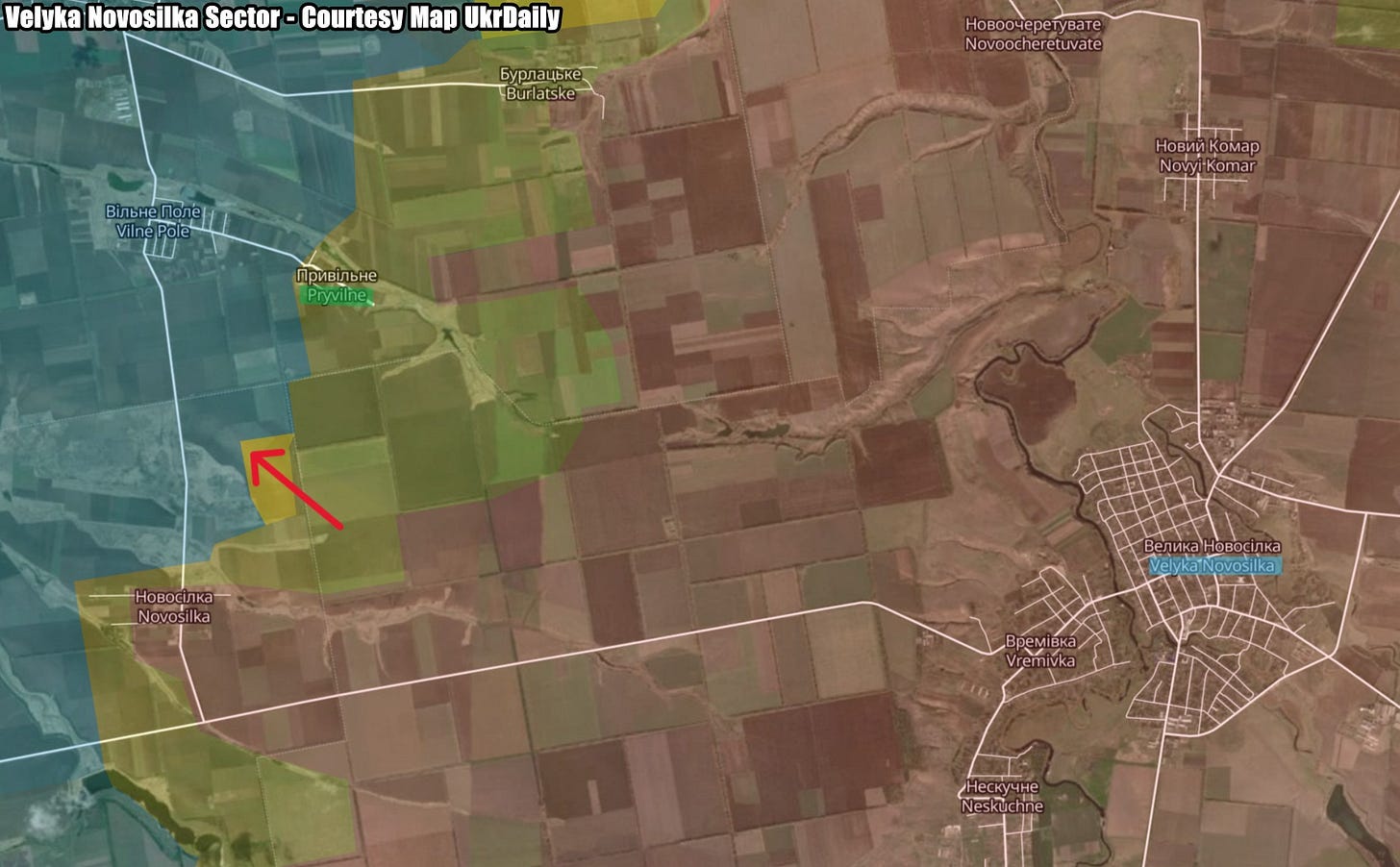
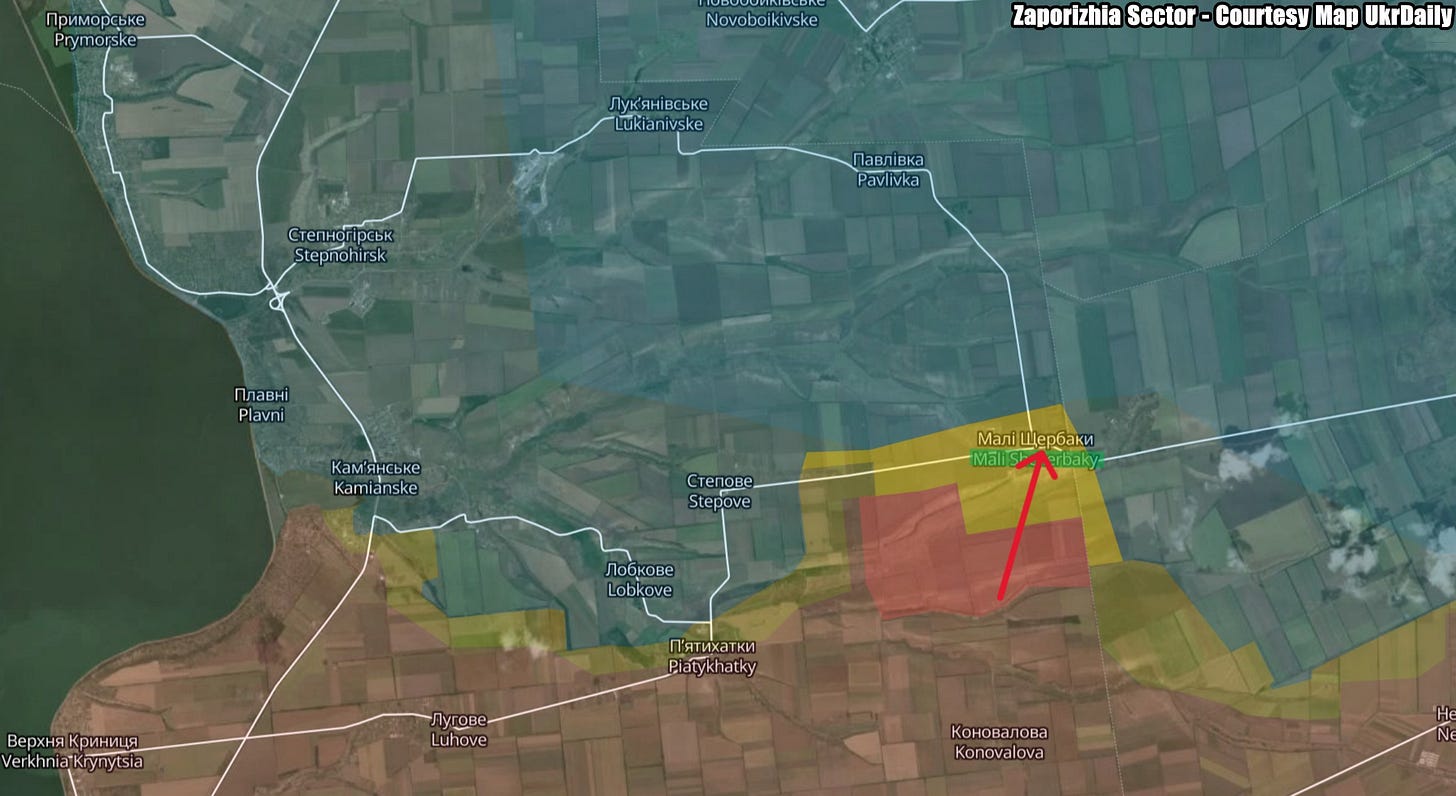

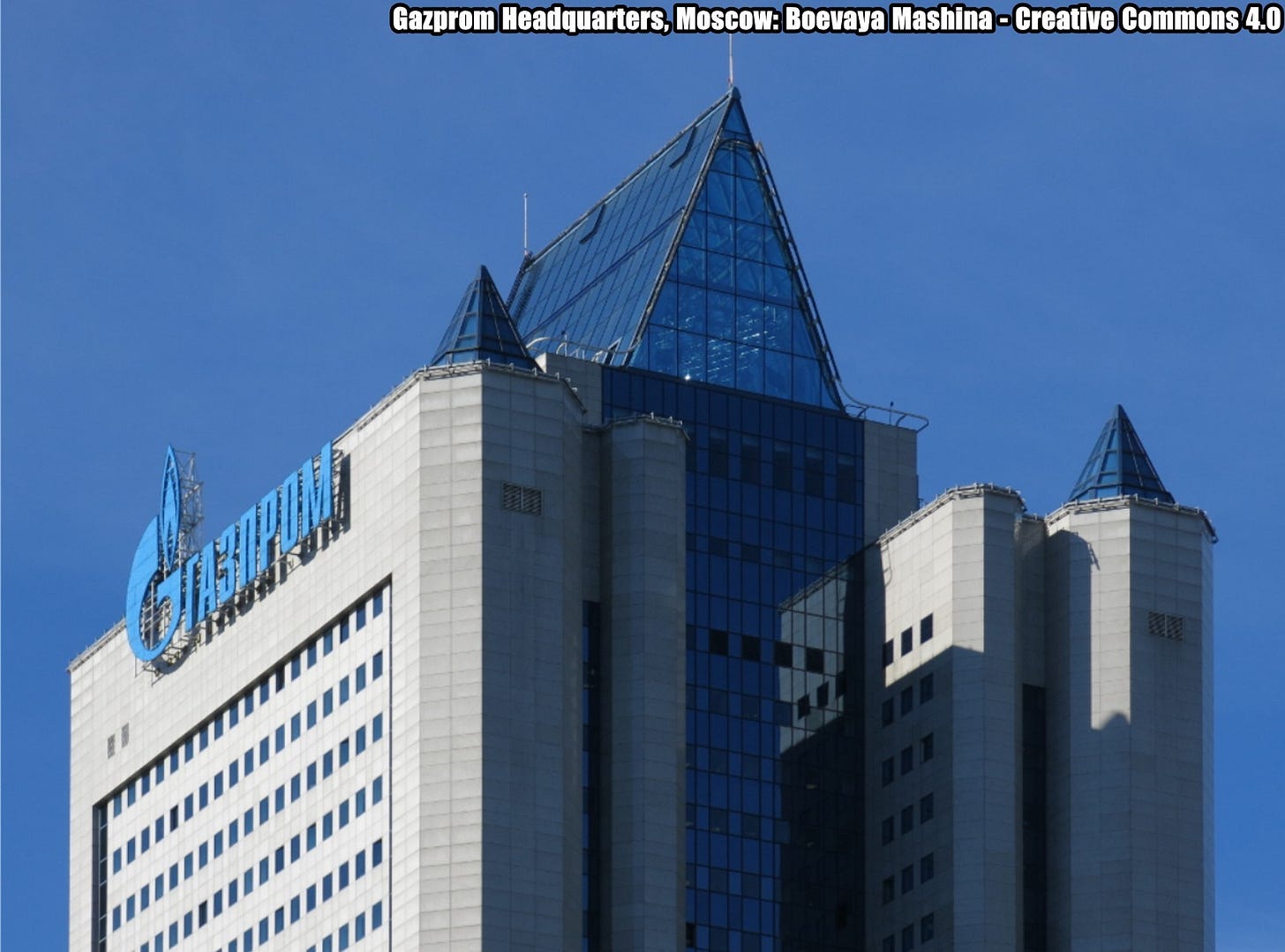
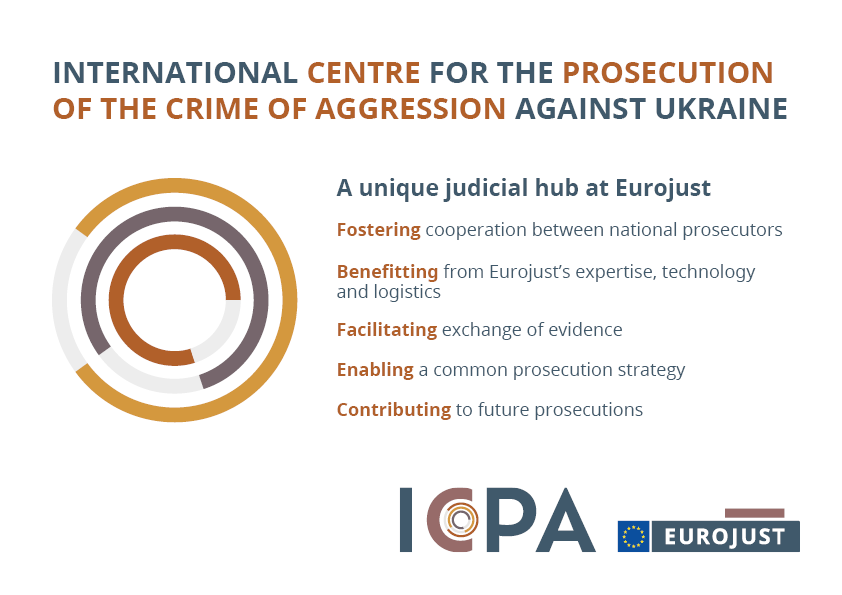
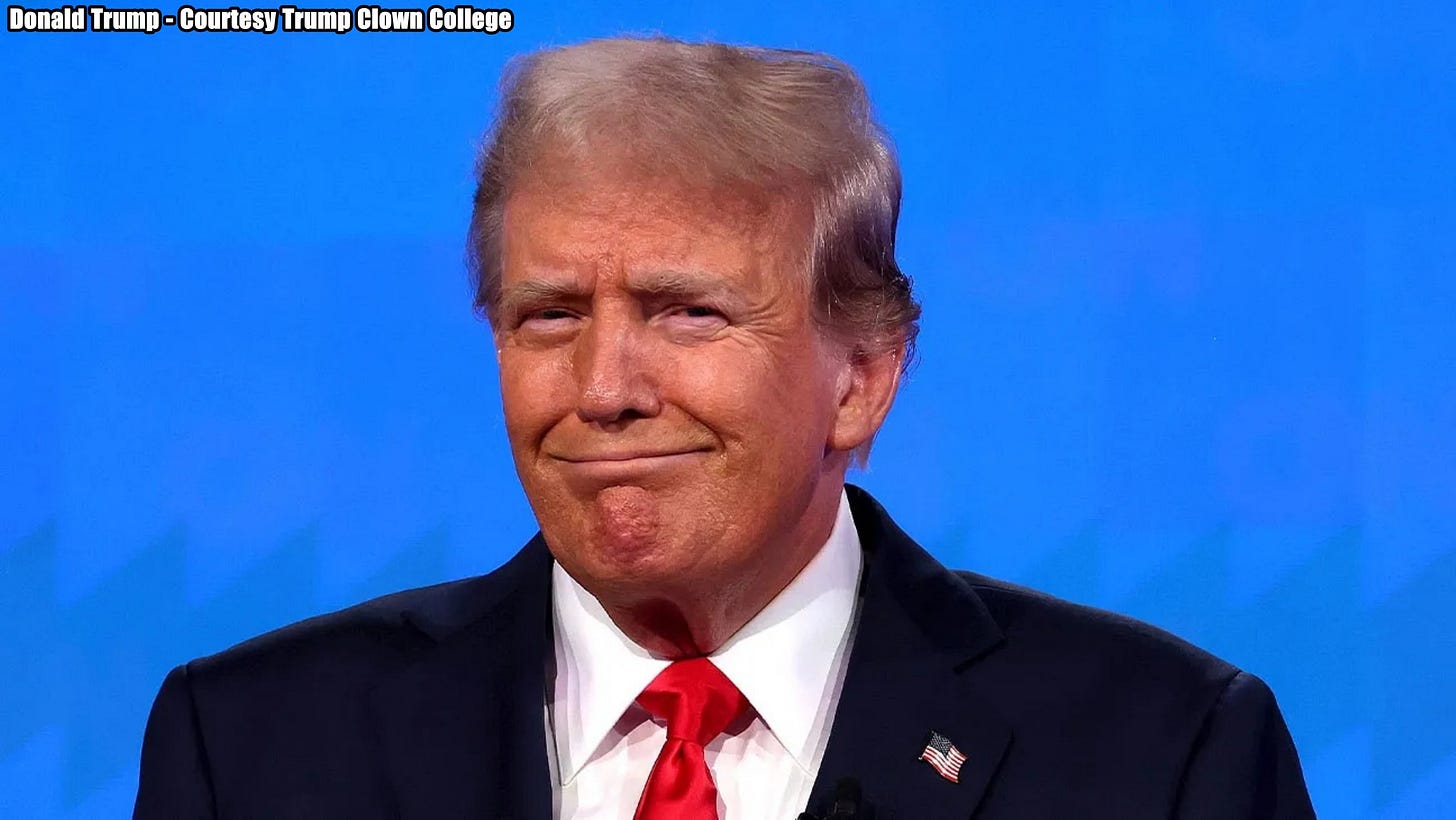

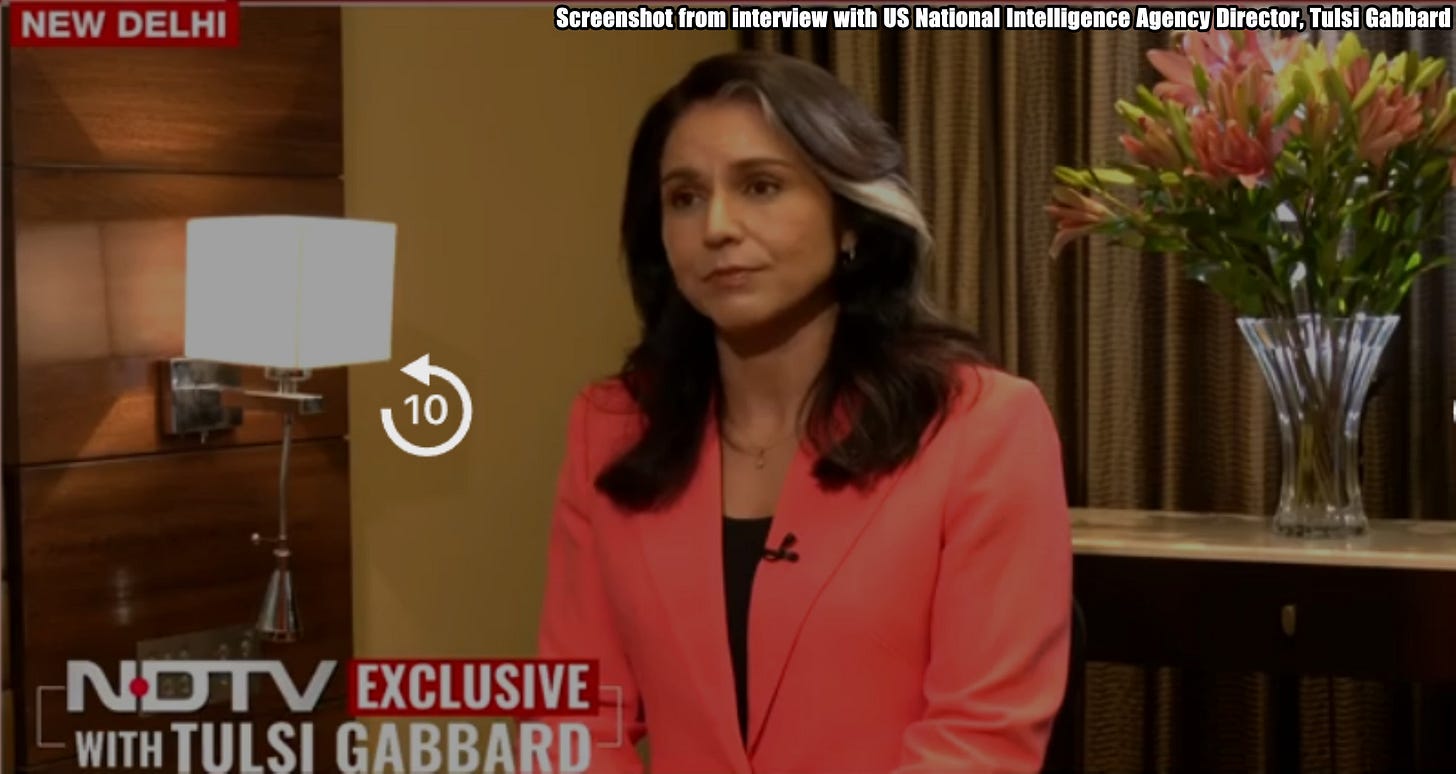
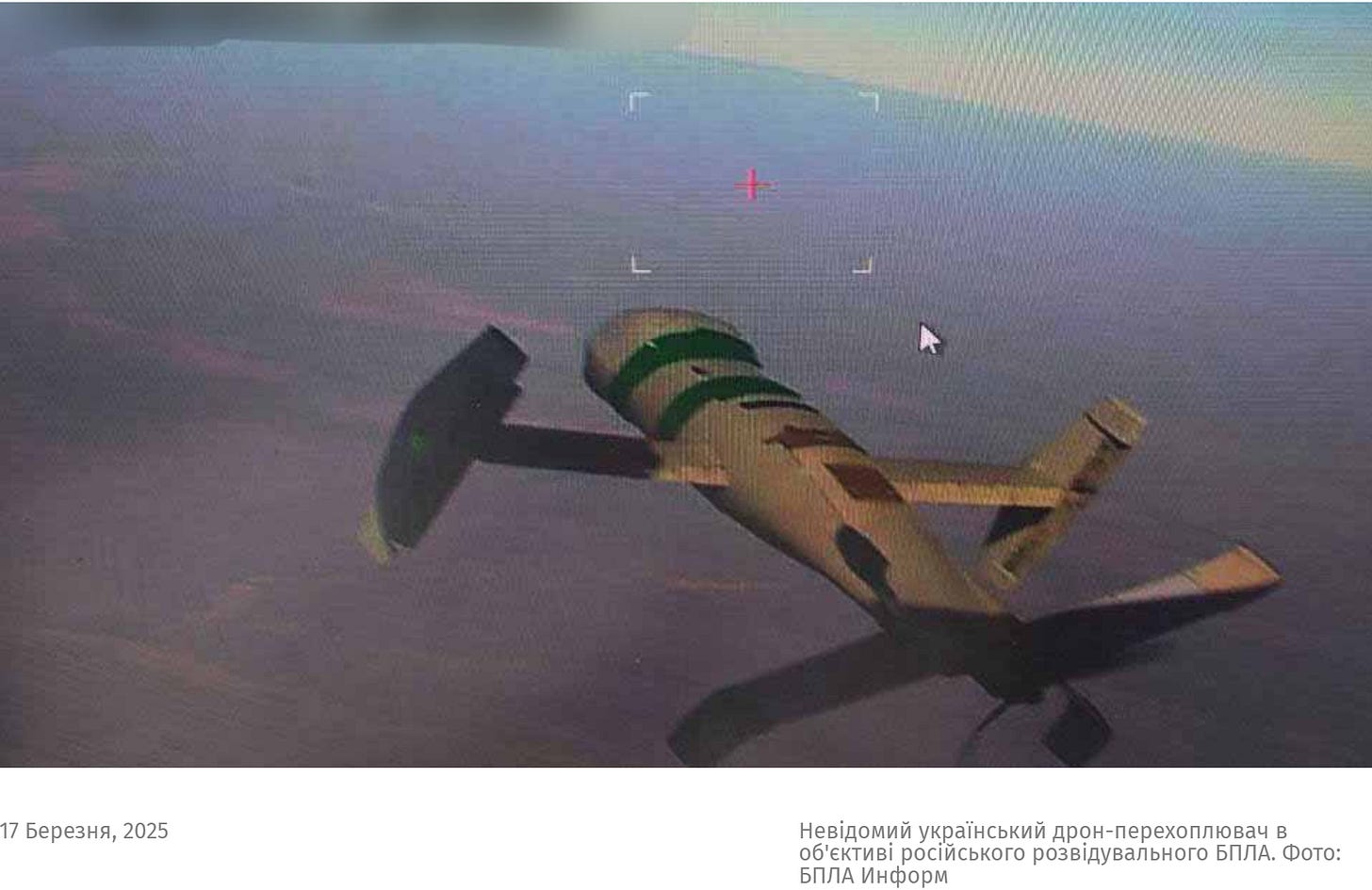

Thanks, Grumpy! Great update. What are your thoughts on the Russian “ceasefire” proposal? I believe it is a farce, a stall for more time. Russia is losing, I don’t see how they win with Germany and France leading a defense resurgence to support Ukraine. The new long range missiles and drones are very impressive. As long as the war continues, Ukraine will continue degrading Russia’s defense and economic structure.